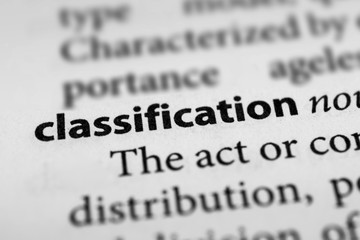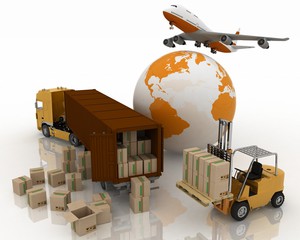On November 25, 2016, the Ministry of Finance and Public Credit published in the Official Gazette of the Federation the Third Resolution of Modifications to the General Rules of Foreign Trade for 2016 and its annexes 1, 4, 21 and 22, which mainly notes the following:
I. The authorization to provide electronic pre-validation services, establishing that companies, as well as their partners, shareholders and managers, who have had said authorization canceled, may not request it again within a period of 3 years from cancellation, unless said cancellation has been voluntarily requested.
II. Update NOM-016-CRE-2016, of which they must prove their compliance with the respective document, those who definitely import petroleum products, this because NOM-EM-005-CRE-2015 is already repealed (rule 3.7.33., fraction I, second paragraph, subsection e, and Annex 1, Reform)
III. The schedules of the Agua Prieta and Ciudad Reynosa Customs are modified
IV. The possibility of dispatching hydrocarbons through more customs in the country is expanded; such that mineral fuels, mineral oils and products of their distillation; bituminous materials; Mineral waxes can also enter to be destined for importation or destined for a strategic controlled area by the Altamira and Piedras Negras customs.
V. Customs agents who had previously designated and ratified their substitute, and the latter has the accredited and current examinations, may conclude the process of their voluntary withdrawal until before November 30, 2017, in order to grant the Customs broker patent to the person you designated as a substitute no later than April 16, 2018.
Source: http://www.dof.gob.mx/nota_detalle.php?codigo=5462563&fecha=25/11/2016







